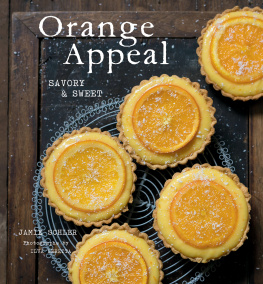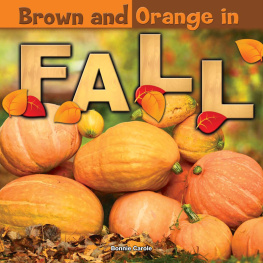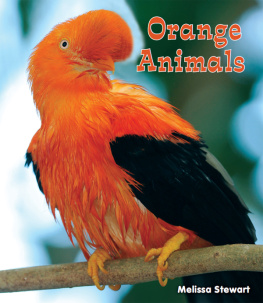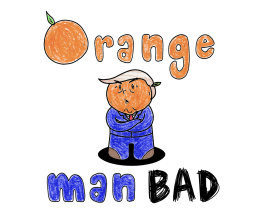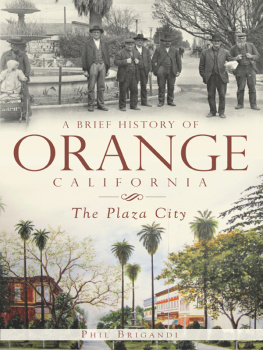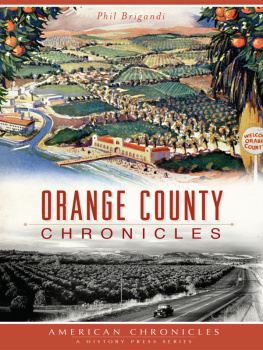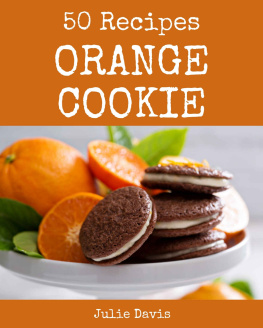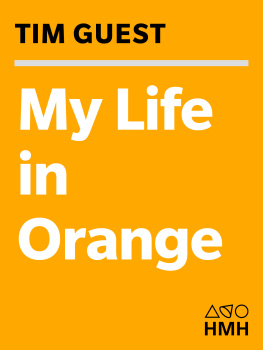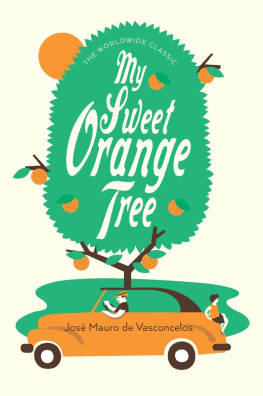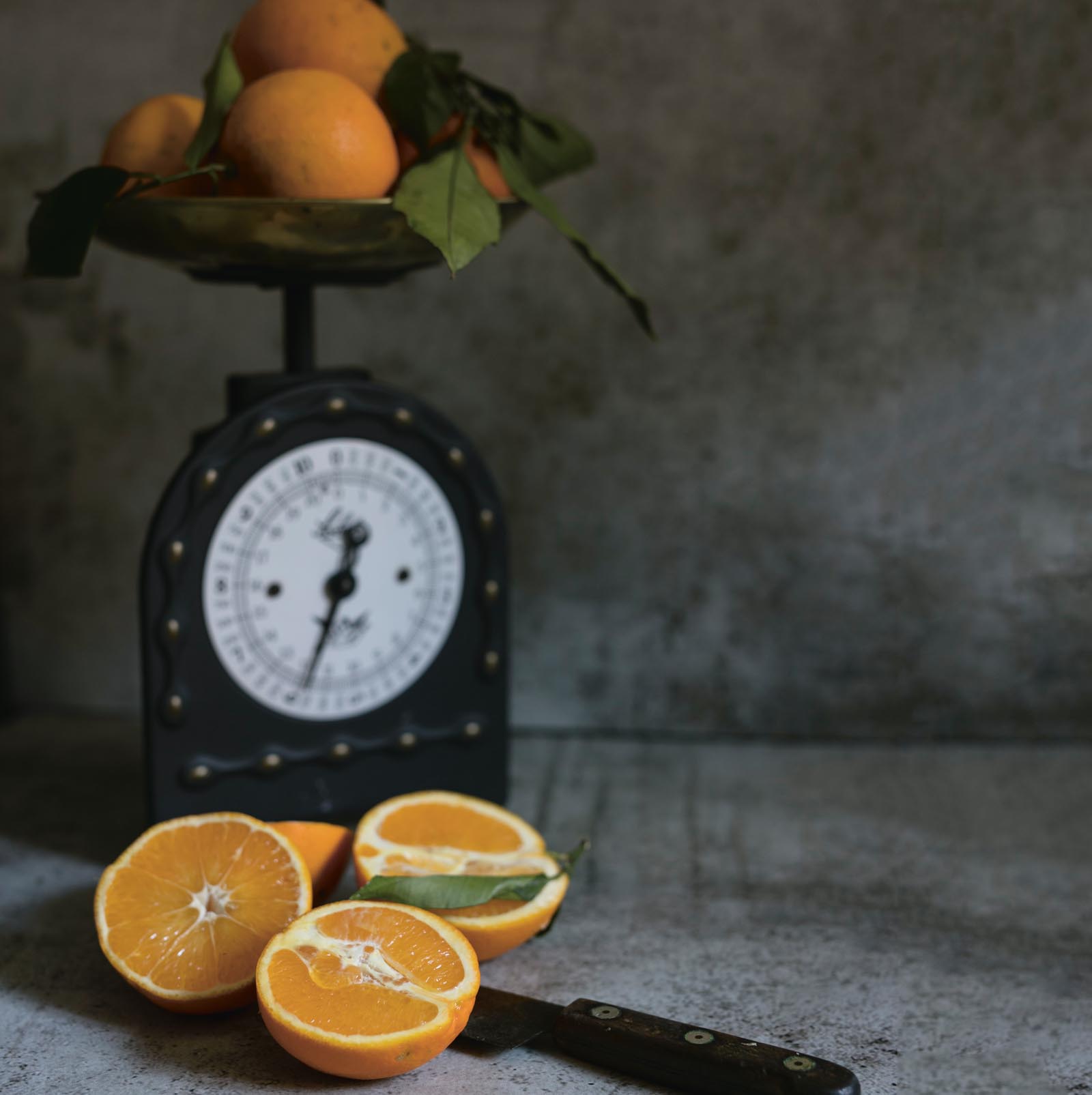Introduction
To my father, Morton, my brother, Michael, and my husband, Jean-Pierre, the men who, with love and patience, taught me how to cook.
A day without orange juice is like a day without sunshine.
What was a simple tagline, a snappy television jingle for a fruit juice commercial became a familiar, emblematic tune that shaped the culture of my youth.
I grew up on Floridas Space Coast, the narrow ribbon of land sandwiched between the Atlantic Ocean and the Banana and Indian Rivers, stretching from Cape Canaveral down to Sebastian Inlet. This area is well known for its surfing and boating, its long stretch of sandy white beaches, I Dream of Jeannie, and the Space Program.
Yet this slice of the Sunshine State I call home has long suffered the reputation of being an urban environment immersed in a hot, humid, hostile landscape that gives no hint of having any kind of culinary value. Floridas natural flora is wild, harsh, and savagea profusion of thick-leaved spiky plants, prickly scrub, and itchy lawns hiding stickers that bite into your feet, and burning sand in a survival-of-the-fittest battle with all things green. It is easy to think that nothing sweet and luscious could possibly be hidden beneath all the anger.
But growing up in Florida, we were taught from an early age that the waters and the land proffered a bounty of succulent gifts. Locals know, and visitors quickly learn, that the areas food culture, outdoorsy and casual, is incredibly rich with fish and seafood, the waters generous with bass, flounder and snapper, shrimp, blue crab, oysters, squid, octopus, spiny lobster, conch, and alligator. The Florida climate is ideal for a wide variety of hardy fruit plants and treespeaches, mangos, avocados, tomatoes, watermelons, and sweet juicy strawberries are indigenous to the regionnurtured by the temperate, subtropical climate, and growing in abundance. And anyone who is familiar with this stretch of central Florida knows the Indian River and knows that on the Space Coast of Florida, citrus is king!

I spent my youth a stones throw from the orchards that line the Indian Riverworld renowned for its grapefruits, tangerines, and orangesand winter was always reserved for citrus. I waited impatiently all hot, lazy summer long through the equally hot but busy fall for winter, when the citrus ritual began all over again, the same as the year before and every year for as long as I can remember. Saturday trips in the station wagon to the citrus groves on the other side of the river just over the bridge rewarded us with brown paper grocery bags bursting with citrusruby reds or white grapefruits, tangelos, Valencias, Honeybells, Temples, navels, and tangerines. Once back home, Dad would line the bags up on the workbench in the cool garage where they would sit all throughout the winter until the end of the season; the bags refilled as fast as we could devour the contents.
I would dash out into the chilly garage and dip into one of the crinkly brown paper bags to fish out a few tangerines or an orange or two then dash back into the warmth of the house. We kids would simply peel the fruit and eat the segments, nothing fancy, just orange after orange until the last bag of the season was empty. When a trip to the groves wasnt convenient, my parents would stop by one of the many fruit stands minutes from the house and grab a huge mesh bag or two stuffed with fresh oranges. We were never without citrus.
Once or twice during the season, we would head to the groves with the Girl Scouts, our youth group, or a school club to pick oranges in the winter sunshine, some to eat, most to sell to raise money for charity or a school trip. Harveys, Hales, and Indian River Fruit are names that still stick with me, their logos still familiar.
Its little wonder that the Florida Citrus Commission selected the orange as its hero and mascot, bypassing the just-this-side-of-bitter grapefruit, tart lemons, and tangy tangerines in favor of the sweet orange orb, forever connecting the fruit to the state with its Come to the Florida Sunshine Tree! Florida sunshine naturally! against a logo of an orange tree. Oranges were first planted in what is now northern Florida in the mid-sixteenth century by Spanish explorers, possibly Ponce de Leon, and were first cultivated commercially in the Sunshine State at the end of the eighteenth century, the areas tropical climate and soil making it the ideal location for growing citrus.
Today, Florida is one of the worlds largest producers of oranges; in 2011 to 2012 Florida accounted for sixty-five percent of total US citrus production. But the Indian River is particularly known for cultivating incredibly sweet oranges yielding very high quality juice, as those TV commercials testify, and Brazil and Florida combined make up approximately eighty-five percent of the worlds production of orange juice. No wonder oranges are part of my culture, growing up so close to a tremendous concentration of groves producing world-class, world-famous fruit.
Living in Florida, my parents received slews of thin pamphlets and brochures from one or another of the citrus growers associations or commissions urging the consumption of local citrus, tempting home cooks with recipes from Florida chefs or inspired by local cuisines, pairing oranges, tangerines, and grapefruits with Floridas fresh fish and seafood, layered in salads or gelatin molds, the juice flavoring muffins, cakes, and souffls.
Rarely, though, did citrus find its way into our kitchen other than sliced or peeled and pulled apart into sections, or juiced. My parents never considered baking a souffl or a cake with oranges, and we kids didnt have the patience to wait or the desire to taste anything but the pure, unadulterated fruit. I left Florida a long time ago, moving north for university and then to Europe, but the craving for oranges come the first hint of cool autumn weather, the harbinger of orange season, has stuck with me; I think that I have orange juice running through my veins.
Yet while oranges were strictly for eating as is when I was a child, as an adult and now a passionate cook and baker, while I still eat one or two a day (for my much-needed allotment of sunshine!), I find myself increasingly using the juice and the zest and the fruit in chunks, segments, or slices in baking and for cooking, always searching for and developing new recipes.

